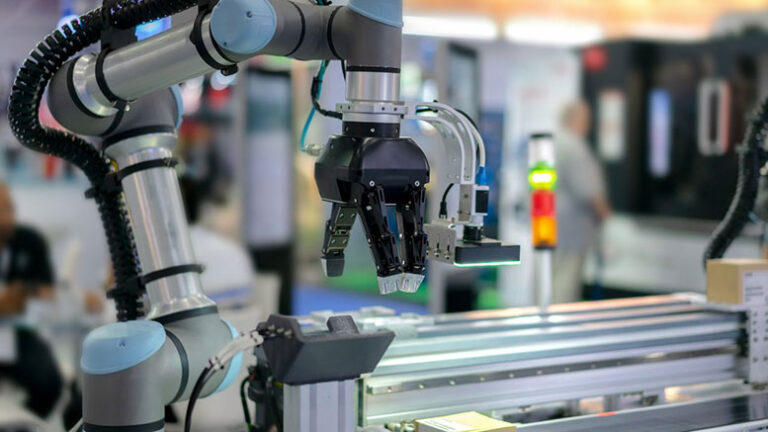Neuromorphic Computing
Table of Contents
Neuromorphic computing is a cutting-edge technology that aims to mimic the structure and function of the human brain in order to create advanced artificial intelligence systems. By utilizing neuromorphic hardware, researchers are able to develop more efficient and powerful computing systems that are capable of learning, adapting, and processing information in a way that is similar to the human brain.
What is Neuromorphic Computing?
Neuromorphic computing is a field of research that focuses on designing and building computer systems that are inspired by the structure and function of the human brain. The goal of neuromorphic computing is to develop artificial intelligence systems that are more efficient, flexible, and intelligent than traditional computing systems.
One of the key principles of neuromorphic computing is the idea of using spiking neural networks to process information. Spiking neural networks are computational models that are based on the way neurons in the human brain communicate with each other through electrical impulses. By using spiking neural networks, researchers are able to create artificial intelligence systems that can learn, adapt, and process information in a way that is similar to the human brain.
Neuromorphic Hardware
One of the key components of neuromorphic computing is neuromorphic hardware. Neuromorphic hardware is specialized hardware that is designed to mimic the structure and function of the human brain. This hardware is optimized for running spiking neural networks and other types of neural network models that are used in neuromorphic computing.
Neuromorphic hardware is typically designed with a large number of interconnected processing units that are capable of communicating with each other through electrical impulses. These processing units are organized in a way that is similar to the structure of the human brain, with each unit being responsible for processing a specific type of information.
One of the key advantages of neuromorphic hardware is its ability to process information in a massively parallel manner. This means that neuromorphic hardware is able to perform many computations simultaneously, which allows for faster and more efficient processing of complex data.
Applications of Neuromorphic Computing
Neuromorphic computing has a wide range of applications in various fields, including robotics, healthcare, and cybersecurity. One of the key areas where neuromorphic computing is making a significant impact is in the development of advanced artificial intelligence systems.
One of the key advantages of neuromorphic computing is its ability to learn and adapt to new information. This makes it well-suited for applications that require the processing of large amounts of data in real-time, such as autonomous vehicles, smart healthcare systems, and cybersecurity applications.
In the field of robotics, neuromorphic computing is being used to develop more intelligent and adaptable robots that are capable of performing complex tasks in dynamic environments. By mimicking the structure and function of the human brain, researchers are able to create robots that can learn from their experiences and adapt their behavior accordingly.
In the healthcare industry, neuromorphic computing is being used to develop advanced medical imaging systems that can analyze complex medical data and provide more accurate diagnoses. By using neuromorphic hardware, researchers are able to process large amounts of medical data in real-time, which can help to improve patient outcomes and reduce healthcare costs.
Challenges and Future Directions
Despite the many advantages of neuromorphic computing, there are still several challenges that need to be addressed in order to fully realize its potential. One of the key challenges is the development of more advanced neuromorphic hardware that is capable of processing information more efficiently and accurately.
Another challenge is the development of more sophisticated spiking neural network models that can accurately simulate the behavior of neurons in the human brain. By improving the accuracy and efficiency of spiking neural network models, researchers can create more powerful artificial intelligence systems that are capable of performing complex tasks with greater accuracy.
In the future, researchers are also exploring the possibility of combining neuromorphic computing with other advanced technologies, such as quantum computing and nanotechnology. By integrating these technologies, researchers hope to create even more powerful and efficient artificial intelligence systems that can revolutionize a wide range of industries.
Overall, neuromorphic computing is a groundbreaking technology that has the potential to revolutionize the future of artificial intelligence. By mimicking the structure and function of the human brain, researchers are able to create more efficient, flexible, and intelligent computing systems that are capable of performing complex tasks with greater accuracy and efficiency. With continued research and development, neuromorphic computing has the potential to drive innovation and transform a wide range of industries in the years to come.




